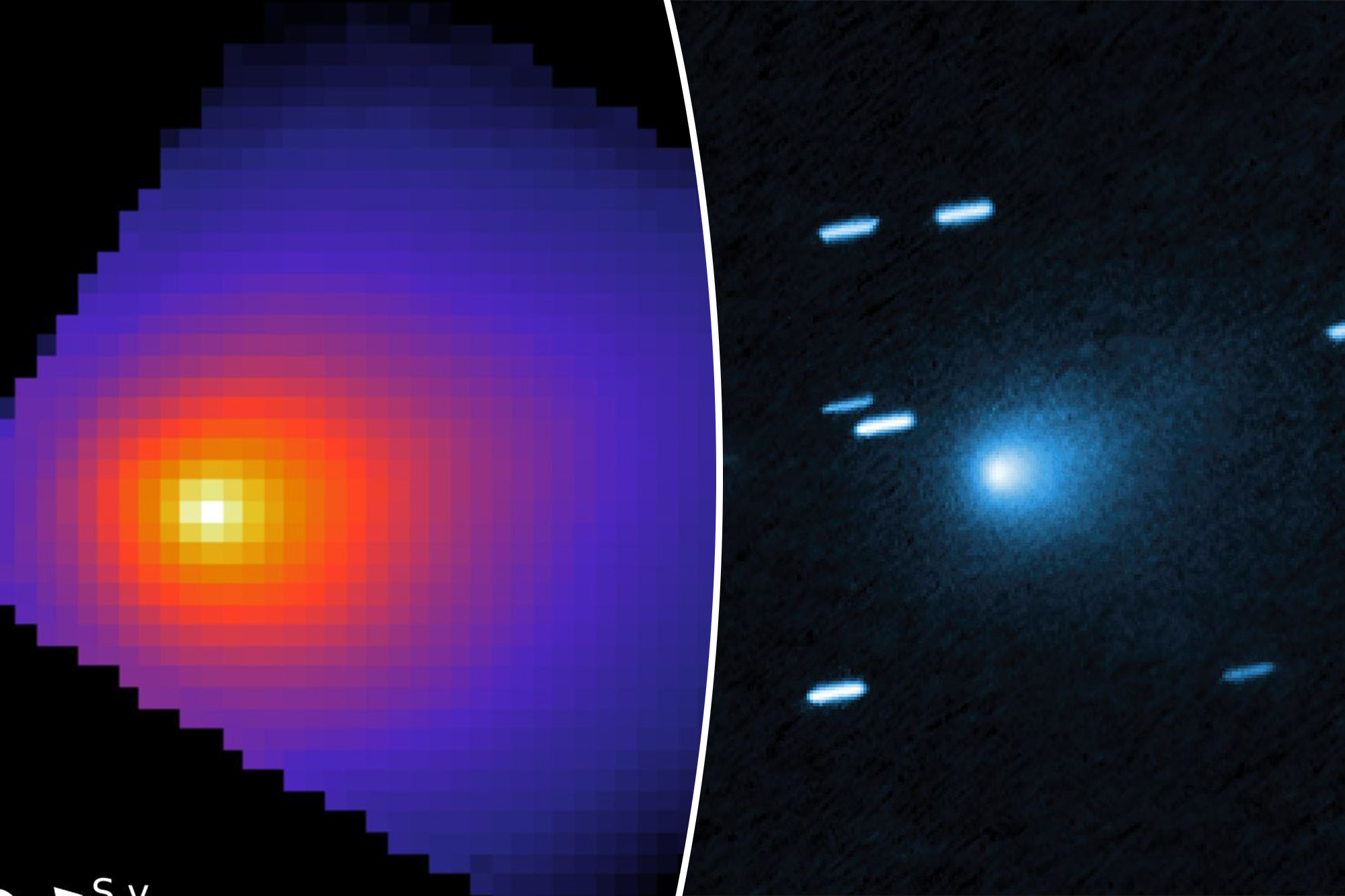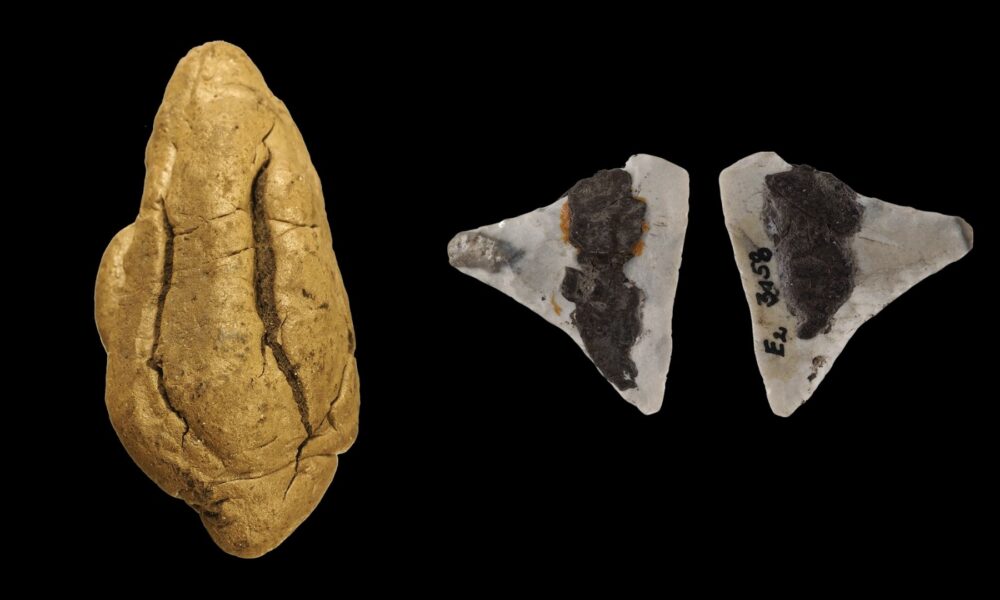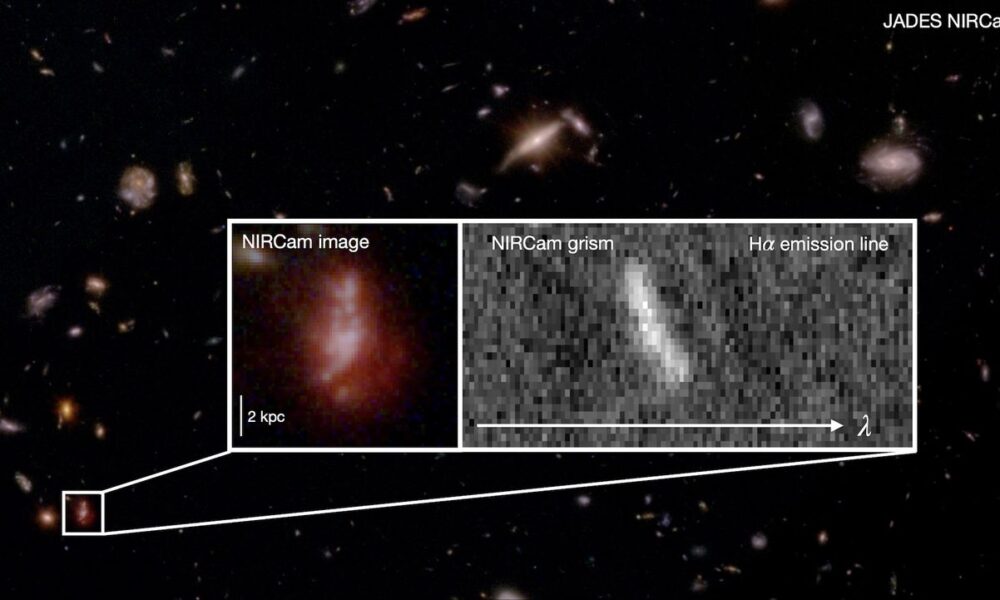A recently discovered interstellar object, known as 3I/ATLAS, has prompted significant concern among scientists due to its unusual behavior and size. The International Asteroid Warning Network (IAWN), supported by NASA, initiated an emergency defense probe after observing the comet’s peculiar characteristics. This Manhattan-sized object, which scientists believe may weigh around 33 billion tons, raises questions about its origins and implications for humanity.
Harvard astrophysicist Avi Loeb has been vocal about the potential risks associated with 3I/ATLAS, suggesting it could be a “Trojan horse” with extraterrestrial origins. Since its discovery in July, Loeb has posited that the object’s massive size—significantly larger than any previously identified interstellar objects—demands further investigation. He noted, “It’s at least a thousand times more massive than the previous interstellar objects we’ve seen,” and expressed concern over why such a large object has entered our solar system.
Loeb has cautioned that 3I/ATLAS could represent a “black swan event,” a term that denotes unpredictable high-impact occurrences. He emphasized the importance of remaining vigilant and formulating a defense strategy, as the object may initially appear harmless before revealing its true nature. In an analogy, he described the situation as akin to a “blind date,” where one must consider both friendly and potentially dangerous outcomes.
While NASA has stated that 3I/ATLAS does not currently pose a threat, the IAWN is conducting a “comet campaign” from November 27, 2025, to January 27, 2026, aimed at refining methods to pinpoint the object’s exact location. This initiative was prompted by 3I/ATLAS’s display of atypical behaviors that have sparked intrigue regarding its possible extraterrestrial origins.
Among these peculiarities is the presence of an anti-tail, a jet of particles that emits toward the Sun rather than away from it, which is an unprecedented phenomenon for comets. Furthermore, the comet has been observed releasing a plume of four grams of nickel per second, without any sign of iron—a characteristic that has only been linked to human manufacturing processes, as noted by Loeb.
In addition to these concerning traits, Loeb pointed out that 3I/ATLAS exhibits non-gravitational acceleration and an anomalous trajectory that will bring it close to several planets, including Jupiter, Venus, and Mars. In a paper published in July, he proposed that these factors could suggest the object is an alien probe on a reconnaissance mission with intentions that could range from benign to hostile. He stated, “The hypothesis in question is that [3I/ATLAS] is a technological artifact, and furthermore has active intelligence.”
As 3I/ATLAS approaches the Sun, its trajectory and behavior will be closely monitored. Loeb speculates that if the object is a massive mothership, it may continue along its designated path and eventually exit the solar system. He shared his thoughts in a blog post, stating, “If 3I/ATLAS is a massive mothership, it will likely continue along its original gravitational path.”
The heightened scrutiny surrounding 3I/ATLAS underscores the necessity for ongoing vigilance and preparedness as humanity navigates the complexities of interstellar phenomena. The implications of this comet may extend far beyond our current understanding, urging scientists and officials alike to remain alert to the potential risks it may pose.






